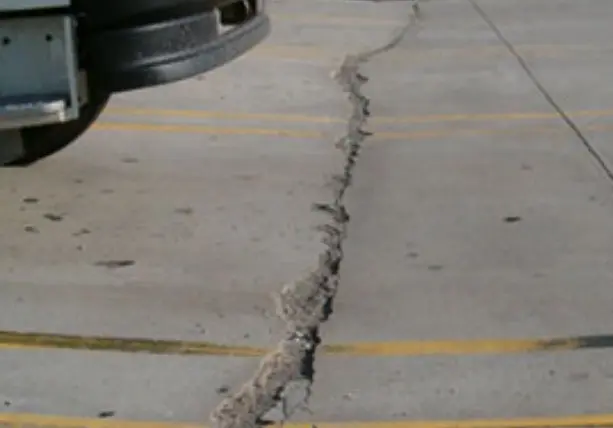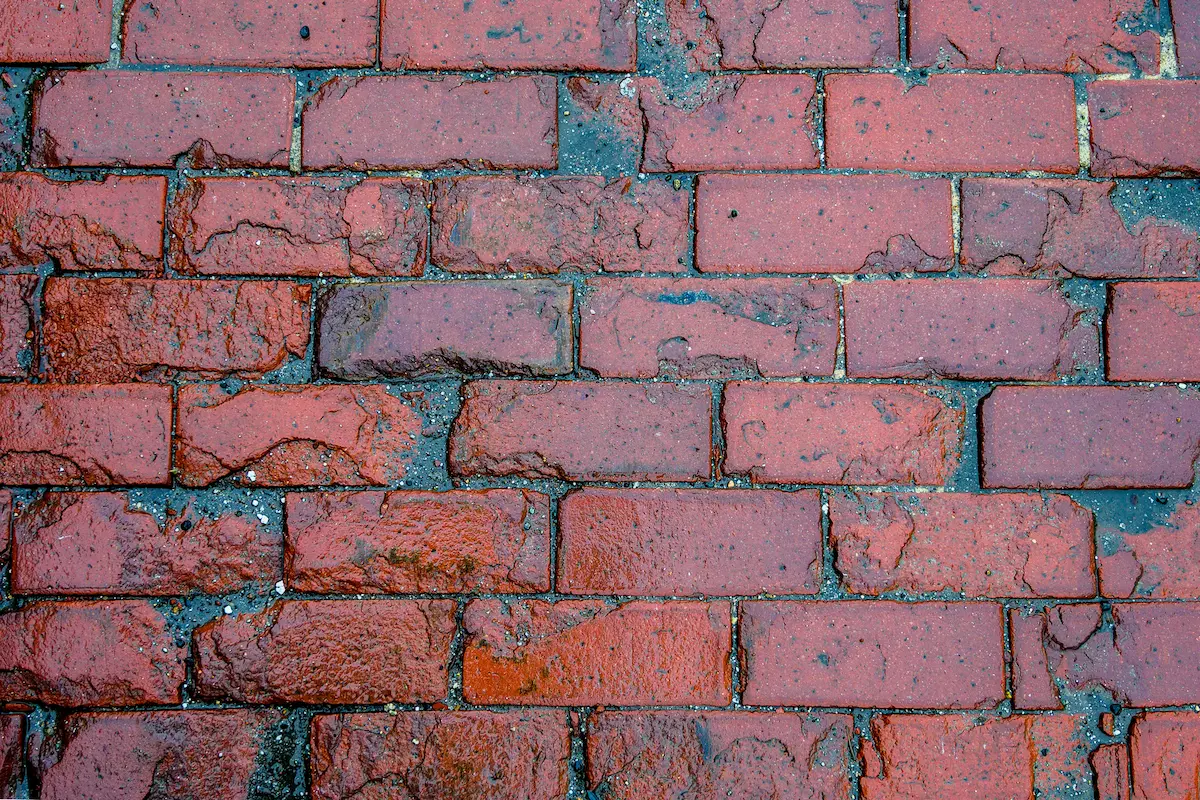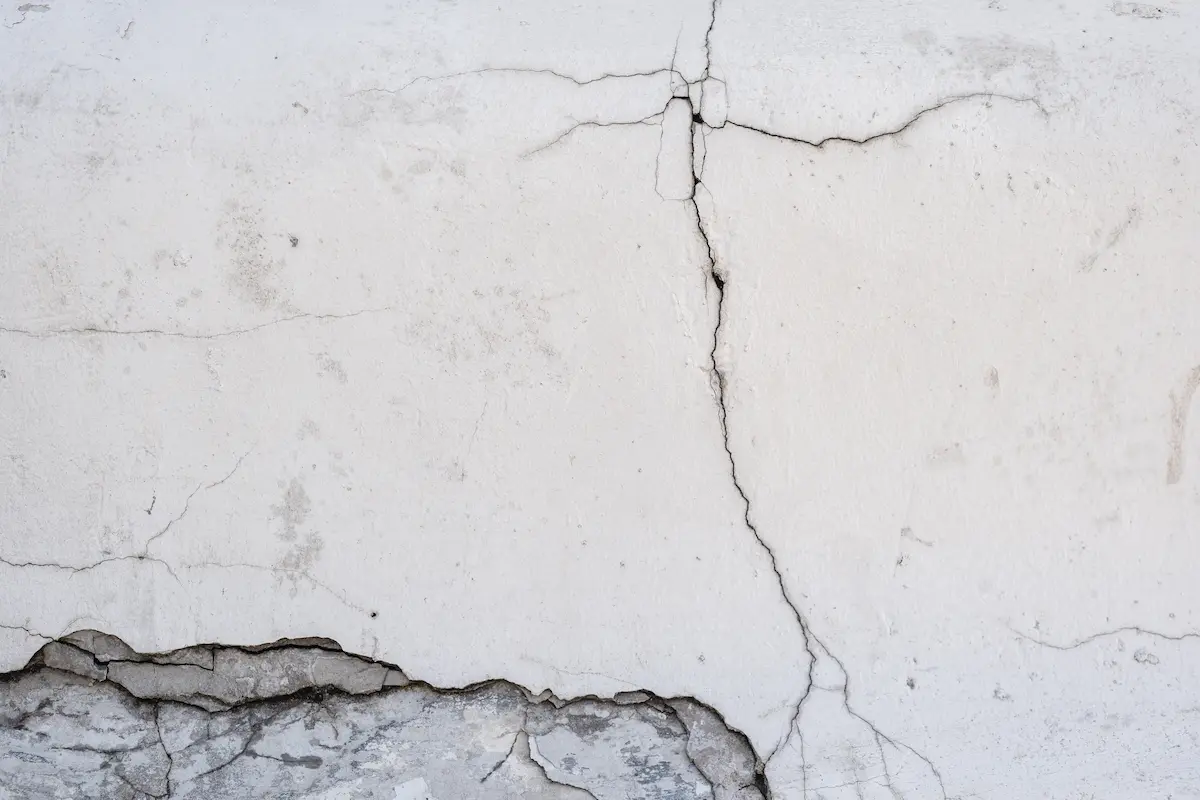One of the most typical flaws in a building’s floors is curling. At edges, saw cuts, and joints, slabs curl upward. Due to the loss of subgrade support, the joint moves as forklifts travel over it. Damage to joint edges, slab fractures, and potential failure of wires buried in concrete for autonomous guiding systems all occur over time. The difference in movement from one side of the joint to the other is directly proportional to how quickly the floor degrades.
Why Is My Basement Leaking?
When choosing a home to buy, one of the top characteristics homebuyers look for is a basement. More space is available for living and entertaining in a well-designed basement. Additionally, a basement adds value to your house even if it is poorly planned because it provides additional storage space.
However, while being underground, a basement is not weatherproof. Water can enter your home in a number of ways, leading to basement leaks that can seriously hamper your enjoyment.
Don’t panic if your basement leaks; it doesn’t necessarily indicate that your house wasn’t built well. We will discuss each of the many reasons that might cause or exacerbate a leaky basement.
9 Possible Causes of a Basement Leak
A basement leak can result from a variety of factors, including poor landscaping grading and leaking window wells.
Let’s look at the possibilities to help you identify the problem’s root cause and correctly repair it.
1. Inadequate Grading
Let’s begin with your home’s exterior. Improper property grading is one reason for basement leaks. The hydrostatic pressure created by water accumulating against the foundation wall as a result of sloped soil can cause walls to push inward or leak into the basement.
The basement can then be flooded in a variety of methods, including:
- Over the top of the base.
- Cracks in the wall allow access.
- Close to the locations where pipes pierce the walls.
- Where the footing and stem wall meet, or the base of the cove.
In these situations, Advanced Systems can help the homeowner by accurately identifying the source of the basement leaks and designing a long-lasting remedy, usually backed by a lifetime warranty.
2. Leaky Window Wells
Window wells are a lovely addition to a basement because they let air and light in. However, water can leak in around the window frame or even push the well inward if a drain is blocked, missing, or the well liner is split from the well.
3. Hydrostatic or Lateral Pressure
Pressure around a home’s foundation can lead to foundation fractures that might allow water to enter. When a significant amount of snow melts or rain falls, the water table rises as a result of the saturation of the surface soils.
The foundation is pressed against by the rising water table from below, which causes cracks that lets water through.
When the earth around your foundation doesn’t drain properly, lateral pressure results. Some soils, like the roughly 85% clay soil in the Chicago area, don’t drain well and have a tendency to expand, applying sideways strain to your foundation that might cause cracking.
4. Basement Floor Cracks
Recall how we talked about hydrostatic pressure? These tiny fractures may allow water to leak into the basement due to the upward pressure of a rising water table.
5. Non-Structural Wall Cracks
Despite the fact that a fracture in a concrete basement wall may not indicate a structural weakness, it can nevertheless let water into the basement if lateral pressure is noticed or if your foundation undergoes the usual settling and falling that happens in the months and years after the pour.
6. Weakness in the Mortar Joints
Masonry is sometimes used to build basement foundation walls; this sturdy material can sustain even the largest structures. However, they do have a weak spot that allows water to pass through: the mortar joints that hold the stone blocks together.
7. Wall Porosity
The walls of your basement, whether they are made of poured concrete or masonry blocks and mortar, can serve as a pathway for water seepage. There may be sections where the material is more porous due to inadequate mixing of the components and other flaws like empty gaps or cavities in the block.
Water will be able to naturally enter your basement because to its porosity.
8. Clogged Malfunctioning Gutters
Did you know that for every inch of rain, a typical home on a half-acre lot receives 13,577 gallons of water? That is just too much water for your house to handle!
Channeling the water away from your foundation and your basement is normally not a problem if your downspouts and gutters are in good condition.
However, all that water will significantly affect your basement by soaking the earth and creating that lateral pressure we previously discussed if your rain gutters are clogged, improperly connected, or your downspouts are failing.
9. Interior Leaks
Outside factors are not always to blame for basement leaks. Common indoor leak sources can include:
- Pipes that need repair
- Leaky toilets or showers
- Broken or dripping water heater
- Leaks in washing machines and dishwashers
Before stepping outside to manage basement leaks, check all indoor sources of leaks because they are the simplest to fix.
Why You Should Be Concerned About Cracks In Your Foundation
Find The Source
A number of factors may cause your slab or basement to shift. In the majority of cases, the soil’s proximity is a factor. For instance, clay-rich soil expands in the presence of moisture but contracts as it dries. This results in pressure changes that have an effect on the foundation and cause the concrete or brick to break.
The most seasoned foundation repair specialists in Kansas frequently deal with broken plumbing lines that leak water or have poor drainage as another issue. This occurs as a result of the expanding supporting ground brought on by water accumulation. The earth may freeze due to freezing conditions, which will exert prolonged strain on your home’s structural members.
When Should You Be Concerned?
Any type of crack is a symptom that the condition of your home has changed sufficiently to warrant structural changes. Small structural changes can occasionally be seen as cracked paint around windows and doors.
However, there are warning signs that should be treated right away by the best Kansas has to offer in foundation crack repair specialists. An example of a foundation crack that has to be repaired is a horizontal gap between bricks or concrete blocks or a crack that is larger on one side than the other. Tilted floors and unresponsive doors are some problems that might be brought on by a shifting foundation.
What Can Be Done?
Filling superficial cosmetic fractures with caulk, cement, or epoxy can repair them. To make sure they are not getting worse and necessitating foundation repair, consult the foundation wall crack specialists Kansas residents rely on before proceeding.
Learn more about the Stratos Pier® System
A house that it settling might be extremely frightening, but it doesn’t have to be. There are several options for stabilizing or elevating your house so that it is once again neat and straight. Perhaps you’ve heard of steel piers or another mechanism that elevated your neighbors’ homes back to a secure position. The groundbreaking Stratos Pier® System provides just this lifting or stabilizing. Despite this, you can still get a lot of inquiries.
Foundation Repair in Northeast Kansas: Why You Should Do It Before It’s Too Late
Prioritizing your home foundation is crucial for homeowners. The foundation of your house needs to be taken care of just as much as the rest of it. Consider any small foundational flaws as a precursor to a much more serious future. Here are a few explanations for why foundation repair in Kansas should be done as soon as possible.
Your House Is Moving Through The Seasons
Your house moves due to the weather. Despite the small movement, they have a big impact. While the soul contracts and pulls away from home during the summer, the soil expands and pushes up on things like your house when it rains. The foundation moves as a result, and as a result, it cracks, slopes, settles, and drops lower than it did before. Additionally, this could put too much strain on your pipes, which could lead to a breakage and a hefty repair price.
A Settling Home Affects More Than Just The Foundation
There are many things that are more affected than the foundation when your house settles excessively. The door frames, window wells, chimneys, porches, sheetrock, and other components of your house will be harmed if you move it. Fixing Chicago foundation cracks as soon as possible will stop these supplementary losses from happening.
Money And Time Will Be Saved
You can save time and money by getting prompt foundation repair, which is one of the most crucial reasons. If you ignore any little cracks, they will all eventually get worse and cost you a lot of money and time to fix. With foundation crack repair, foundation leak repair, basement leak repair, and other important services, Extreme Foundation Crack Repair in Chicago can assist you. Call us immediately to learn more about our services.






